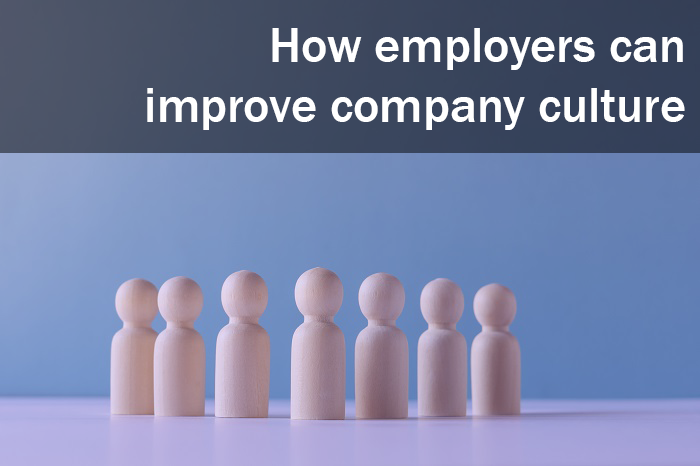In a year filled with anxiety over a global pandemic, concerns about job losses and unprecedented social upheaval, one might expect Americans to be too distracted by their own challenges to support others in need. However, just the opposite happened in 2020, according to new data from Benevity.
The organization’s technology powers workplace giving programs at hundreds of companies, including Google, Coca Cola, Apple and Nike. It has 12 years of data about its clients’ philanthropic programs and found that 2020 recently became its most charitable year on record. As of September of this year, employees at companies that deploy Benevity technology donated $1.5 billion–$100 million more than was donated in all of 2019.
Related: 6 ways this company is looking to advance DE&I change
In the eight weeks after the pandemic started, 450,000 people collectively gave $640 million to efforts to support vulnerable populations. And in June, Benevity saw a monthly record of $300 million in donations, the majority of which supported racial equity causes. In April and June, in particular, total monthly donation amounts rose by 150% and 215%, respectively.
The sharp uptick in charitable giving illustrates how much these national and global crises resonated with American employees, says Sona Khosla, vice president of marketing at Benevity.
“The pandemic and racial injustice hit uncomfortably close to home, directly impacting us, our loved ones and the communities we care about,” Khosla says. After witnessing video footage of scenes of healthcare workers without PPE to people waiting in food lines to the Floyd murder, many American employees clearly felt a need to act on what was unfolding, she adds.
“As a world, we watched as a wave of suffering and injustice washed over us. These events left us reeling, looking for ways to connect to each other, to something bigger and to create something better, together,” she says. But lockdowns, remote work and social distancing made finding that connection harder than normal–which is why many employees may have decided to dig into their wallets as a way to take action.
Overall, 51% more people donated through their corporate giving programs–and gave 41% more per donation.
And employers played a crucial role in encouraging those efforts, Khosla says.
Companies like Warner Brothers, Liberty Mutual SAP and Adobe all offered donation-matching fundraising campaigns, virtual volunteer events and rewards that encouraged employees to connect with and support one another–such as through tutoring services for colleagues’ kids or phone calls to those suffering from isolation. Organizations also took direct action in response to the Black Lives Matter movement, urging awareness-raising activities and mobilizing employee resource groups to provide educational and support programs.
Benevity’s software allows employees to track “positive actions”–such as volunteer time–with the potential for them to earn charitable donation currency their employer then will donate to a cause of their choice. The organization saw a 250% increase in positive actions being tracked in 2020 compared to last year.
See also: During COVID, holding gift-giving can be HR’s ‘time to shine’
“People want to help,” Khosla says. “They want to be engaged in important social issues on a regular basis and they want their employer to be a partner in this effort. Companies that don’t offer these opportunities–or worse, challenge their people’s values–are at risk of employee activism.”
It’s an idea that any company concerned about recruiting and retention should pay attention to, she adds. Benevity’s data shows that employees who give time or money through a workplace charitable program are 57% less likely to leave the company.
“This year has challenged us in ways we’ve never experienced before and never could have imagined,” she says. “But in the midst of it, we realized that companies and employees must step up together to drive change. Corporate purpose is becoming more real every day thanks to the employees and consumers who are demanding accountability and action.”



